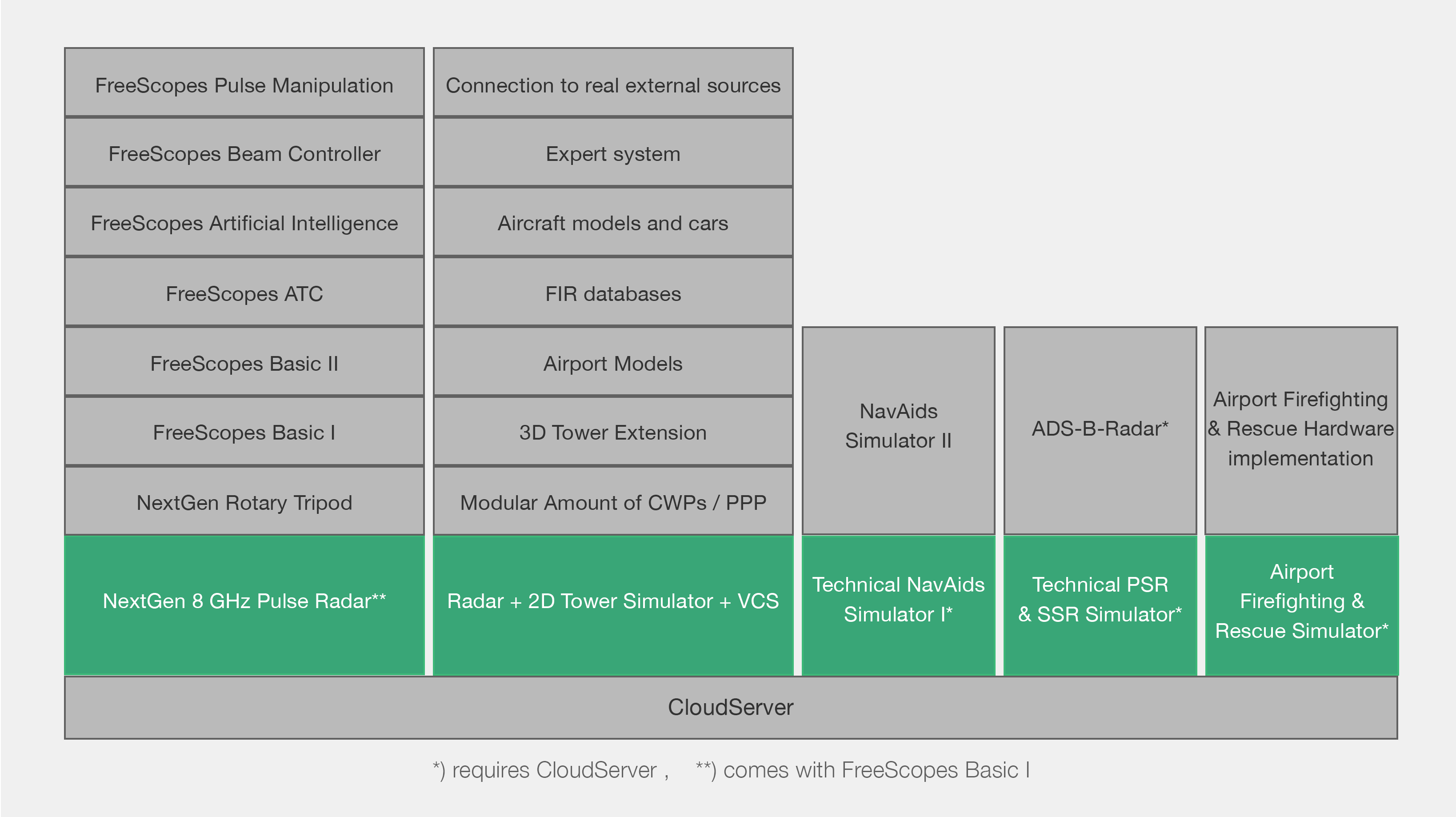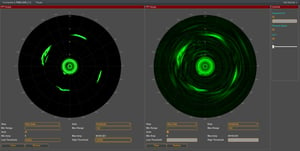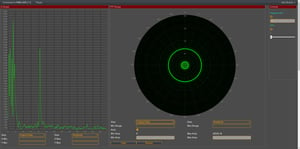The world is rebooting after the COVID-19 pandemic. But budgets are tight after months of standstill. SkyRadar suggests to grow in a modular, affordable and high quality way.
In the previous blog on this series we suggested to develop your training infrastructure in a modular way. Thus being able to generate revenue from the beginning and doing well-proportioned expenditure.
In this series we will talk about the entrance gates into a strong solution for ATCO and ATSEP training and qualification.
A fast entrance lane with minimal expenditure is the 8 GHz Comfort set. This set combines the NextGen 8 GHz Pulse (and Doppler) Radar with an enhanced rotary tripod, includes the FreeScopes Basic I and FreeScopes Basic II.
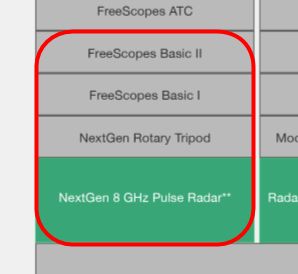
The most economical Pulse / Doppler Training Radar in the World!
The radar build on our NexGen 8 GHz Radar, which is a combined Pulse & Radar.
The NextGen Pulse Radar is a true close range pulse radar with a range resolution better than 10 cm, a range up to 25 m and a pulse width of 0.5 nano-seconds. With the parabolic reflector, the azimuth is < 10°.
The system operates with the SkyRadar FreeScopes Software which provides many scopes (A-Scopes, B-Scopes, PPI), control interfaces and filters. The radar allows for highest flexibility in the learning process, with a very low peak pulse output power (-0.7 to 6.3 dBm).
The radar transceiver is mounted into the horn antenna and can be connected alternatively to a parabolic reflector. The antennas are hardwired on the transceiver card. The transceiver is connected to a microcomputer for Digital Signal Processing-
Overview of some e key technical features:
- Range Resolution: better than 10 cm
- Range: up to 25 m
- Tx center frequency (ETSI / KCC) 7.29 GHz / 8.748 GHz
- Tx bandwidth(ETSI / KCC) 1.4 GHz / 1.5 GHz
- Pulse Width: 0.5 nsec
- Peak Pulse output power (ETSI): -0.7 - 6.3 dBm
- Rx sampling rate: 23.3 GS/s
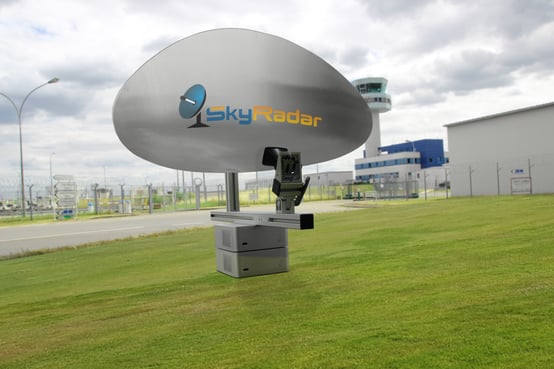
The radar is placed on a Tripod with implemented Step-Motor and Slip Ring.
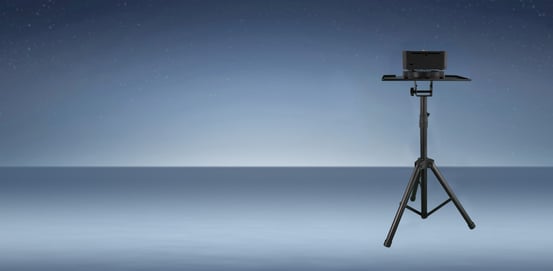
This comfort set can be accessed by up to 5 students concurrently.
Virtual Experimentation Environment Optimized on ATC
The packaged solution contains 2 integrated modules of SkyRadar's FreeScopes virtual control center.
NextGen 8 GHz FreeScopes Basic I
In FreeScopes Basic I, the users are enabled to do manipulations independently on their computers. Free floating panels of the FreeScopes Control Center allow each student to set up his own signal conversion chain, analyzing raw data, data after FFT, STC etc.
It is a basic configuration of a Virtual Radar Control Center, allowing for control and visualization of the 8 GHz pulse radar
The principles of Radar Systems can be trained.
The data can be visualized through included virtual instruments:
- A-Scopes
- B-Scopes
- PPI
The Control Center reads out I and Q data, from SkyRadar's 8 GHz NextGen Pulse Radar.
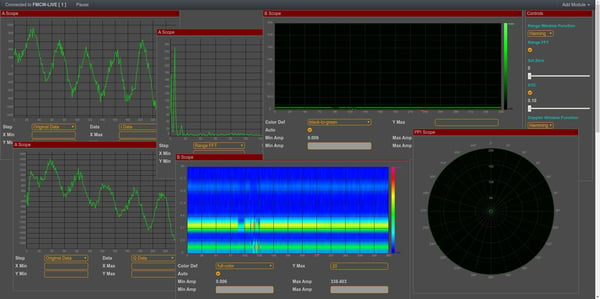
It includes several controls such as
- Tx Power Control
- FFT
- Static Threshold
- STC
- Contrast
The users are enabled to independently run experiments on their computers.
Thanks to a high resolution dual channel sampler, FreeScopes allows to analyze the I and Q data independently and in an integrated version.
Also, there is to our best knowledge no other training radar, which gives each student the possibility to conduct the Fast Fourier Transform of I/Q live date independently on each computer.
NextGen 8 GHz FreeScopes Basic II
The second included module is FreeScopes Extension Basic II.
The Module provides a set of features including:
- MTI (Moving Target Indication)
- C-FAR
- RCS
- Windows Functions ( Hann, Hamming, Blackman and more)
- Spectrogram
Moving target indication is already a great means of separating the target from the background. C-FAR is a dynamic tool to filter out clutter. The system also estimates the Radar Cross Section of the targets.
The windows functions offer additional possibilities for detection of transient events and time-averaging of frequency spectra.
Solutions like the Spectrogram allow to dive deeper in the analysis of the composition of the wave.
This makes a great entrance package. With a little more starting budget, we suggest to expand it to the customers' choice package which we will explain hereafter.
Expanding the radar training solution in various directions
Everything described hereafter is not part of the comfort set. However it can be added to expand it - step by step, whenever budget is available.
Expanding the training radar
In a next step, you may expand the solution to the level of the customers' choice including the FreeScopes ATC module and the CloudServer. The ATC module will allow to do conduct qualification following ICAO doc 4444 including tracks and plots.
The inclusion of CloudServer will allow to connect the system to the academy's LAN/wLAN and to the extranet extranet. More than 100 students can concurrently access the system.
Read the full article on this Customer Choice Package.
Connecting the Tower & Radar Simulator
In addition to vertically adding modules, we can also go horizontally. Moving one column to the right in our overview diagram allows to add the basic version of the Radar & Tower Simulator.
Starting with a 2D Tower Simulator and the complete radar simulation suite of APP and ACC gives an economical expansion of the radar training equipment and even allows to feed data from the 8 GHz training radar into the simulator.
We can then grow the simulator upwards, adding controller working positions, and a 3D Tower Extension, allowing for a 180° or 360° radar view.
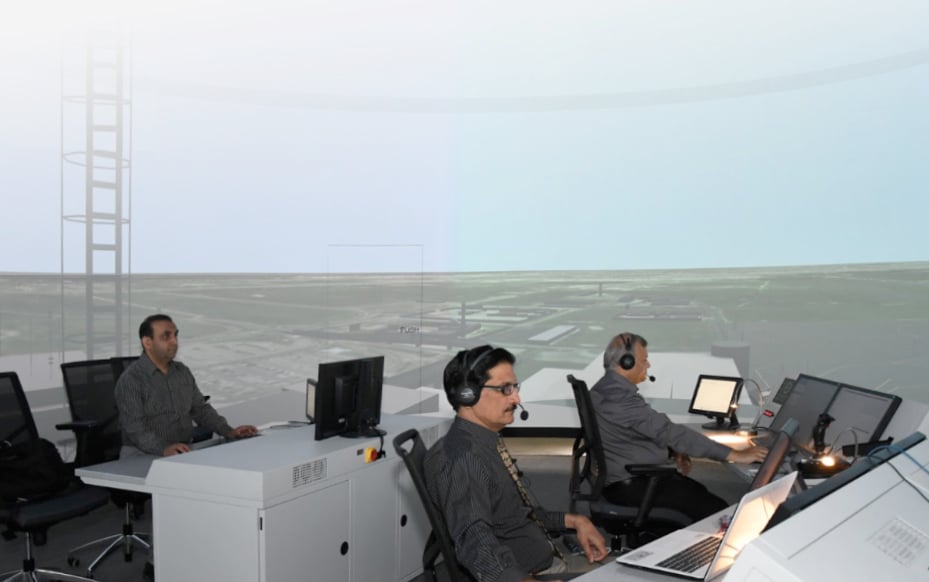
Navigation Aids
An expansion into ILS, DME and VOR will allow ATSEP and ATCO students to get exposure to technical features of this important support of safe landing.
Academies can start with the ILS module and add DME and VOR in a second step.
Technical radar simulation and ADS-B Radars
Continuing on the technical training side for ATCO and ATSEP, we suggest to continue in the expansion via column 4. SkyRadar CloudServer builds the bridge.
The first expanding module is the PSR and SSR simulator. In contrast to the Radar and Tower Simulator, it is fully technically oriented, explaining the radar features.
The 2nd module connects directly to the ADS-B live communication of aircraft in proximity of the training center.
Airport Rescue and Firefighting Simulator and Real Infrastructure
The first and economical module of expansion is the firefighting simulator, consisting of a distributed control system and a 3D visualization of the environment (e.g., kerosene tanks, infrastructure, aircraft).
The simulator can be complemented by any kind of real-life hardware, equipped with training oriented pyrotechnical enhancements, complying at the same time with safety requirements in training as well as with qualification needs of the rescue workers.
Expanding it step by step
Eventually, it will all grow together to an exhaustive training and qualification infrastructure.
Live radars, Radar and Tower simulators, SSR & PSR simulators, ADS-B radars as well as Airport rescue and firefighting systems.
Time to talk?
Let us talk, and see how qualification needs and available budget can be brought together. But consider one thing: in a profession where mistakes can cost 100s of lifes, there is no space for compromises in the training infrastructure.

